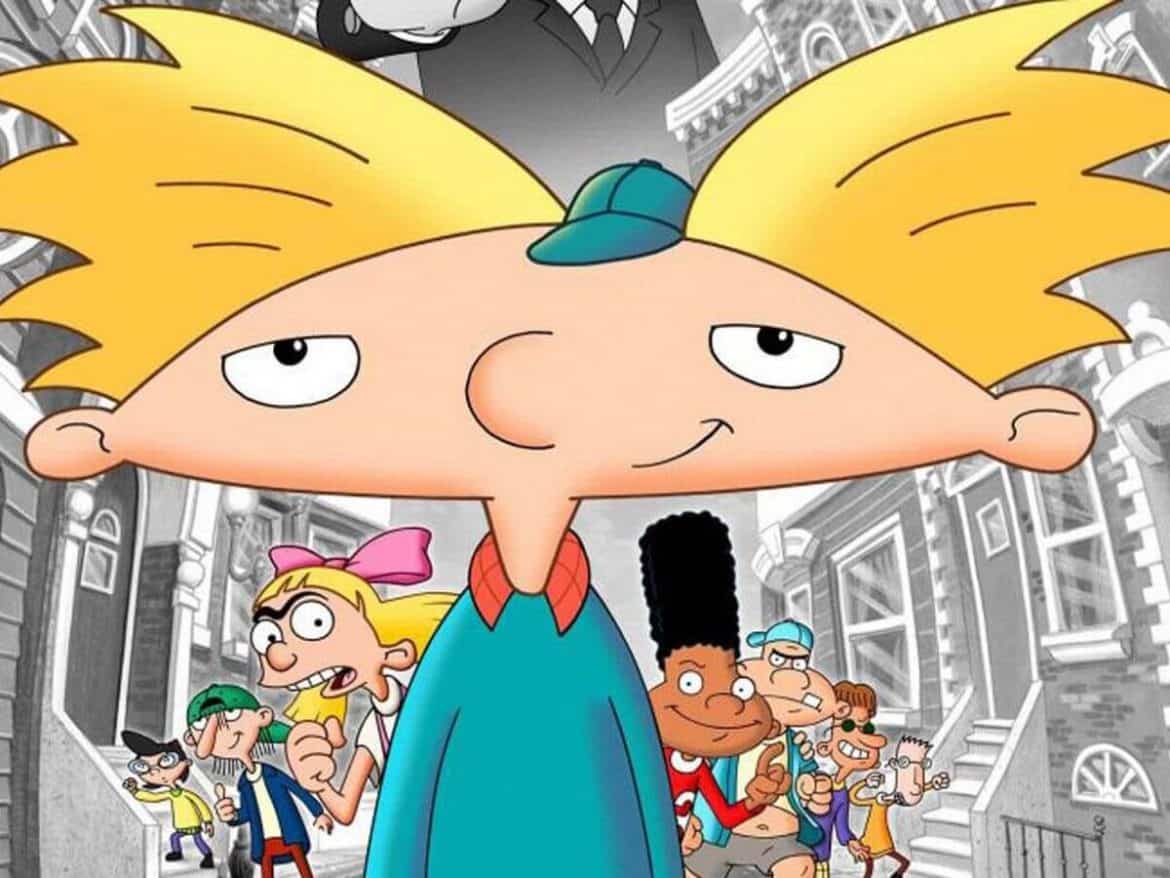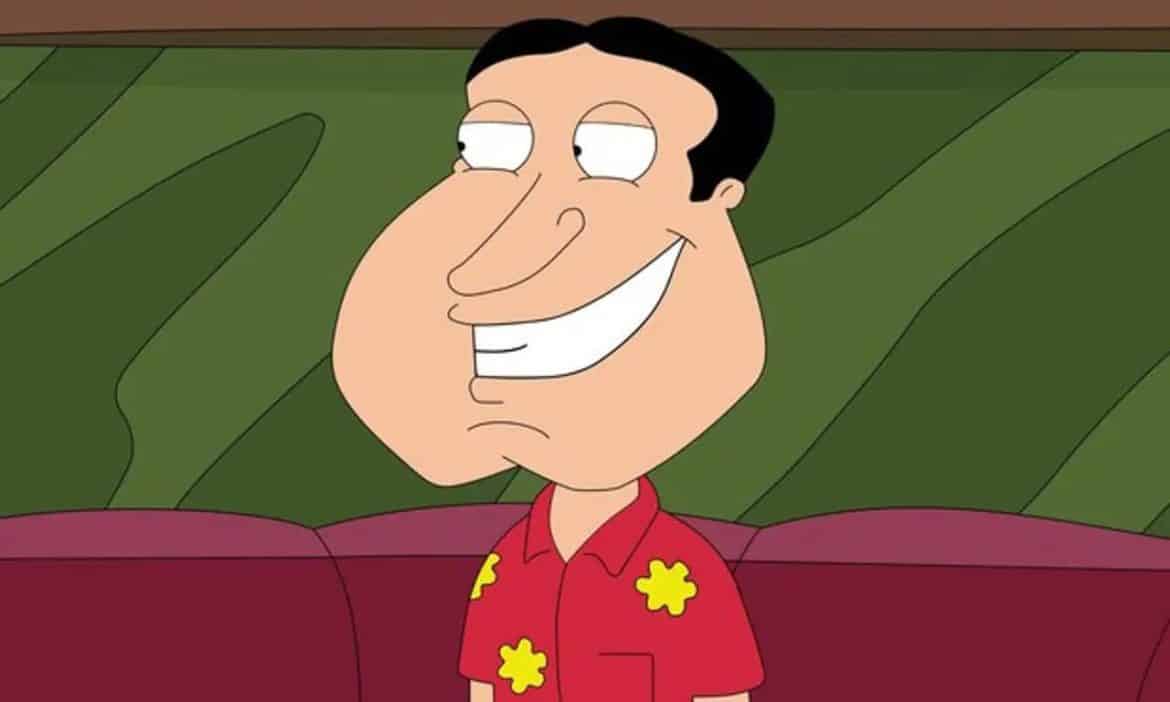When you think about big headed cartoon characters, you're immediately transported to a world where creativity knows no bounds. These characters, with their exaggerated proportions, have become iconic in the world of animation. Their oversized heads often carry expressions that make them instantly recognizable and memorable. From SpongeBob SquarePants to Patrick Star, these characters have captured our hearts for decades. But why exactly do we love them so much? Let's dive into the fascinating world of big headed cartoon characters and uncover what makes them so special.
Big headed cartoon characters are more than just a design choice. They represent a specific style of animation that emphasizes personality and emotion. Their oversized heads allow animators to play with facial expressions, making it easier to convey complex emotions in a simple and relatable way. Whether it's a toothy grin or an exaggerated frown, these characters communicate their feelings in a way that resonates with audiences of all ages.
But beyond their visual appeal, these characters often come with unique backstories and personalities that add depth to their charm. They teach us valuable lessons about friendship, kindness, and resilience. So, whether you're a fan of classic cartoons or modern animations, there's something about big headed cartoon characters that keeps us coming back for more. Let's explore why they're so beloved and how they've shaped the world of animation.
Read also:Short Locs Hairstyles For Women The Ultimate Guide To Embrace Your Natural Beauty
What Makes Big Headed Cartoon Characters So Unique?
Big headed cartoon characters stand out because of their distinct design. Their oversized heads are not just for show; they serve a purpose in animation. By exaggerating the head size, animators can focus on facial expressions, which are crucial for conveying emotions. This technique allows for more dynamic storytelling and character development. Additionally, their big heads often make them appear more approachable and friendly, which is why they are so popular among children and adults alike.
Here are some reasons why big headed cartoon characters are so unique:
- Emotional Expression: Their large heads provide more space for detailed facial expressions, making it easier for viewers to connect with their emotions.
- Memorable Design: The exaggerated proportions make these characters instantly recognizable, even from a distance.
- Playful Aesthetic: Big heads often give off a playful and whimsical vibe, which is perfect for cartoons aimed at younger audiences.
- Symbolism: In some cases, a big head can symbolize intelligence or wisdom, adding another layer of meaning to the character.
Why Do Animators Love Creating Big Headed Cartoon Characters?
For animators, creating big headed cartoon characters is a creative playground. The oversized heads allow them to experiment with different styles and techniques, pushing the boundaries of traditional animation. It also simplifies the animation process, as they can focus on a smaller number of moving parts while still conveying complex emotions. This efficiency is particularly important in fast-paced productions where time is of the essence.
Moreover, big headed characters often have a comedic edge that makes them perfect for humor-driven shows. Their exaggerated features can be used to create funny situations and interactions, keeping audiences entertained and engaged. Animators also appreciate how these characters can convey a wide range of emotions with minimal movement, making them versatile tools in storytelling.
The Evolution of Big Headed Cartoon Characters
The history of big headed cartoon characters dates back to the early days of animation. In the 1920s and 1930s, animators began experimenting with exaggerated proportions to create more dynamic and expressive characters. One of the earliest examples is Felix the Cat, whose oversized head and expressive eyes became a hallmark of his design. As animation technology advanced, so did the complexity of these characters, leading to the iconic figures we know today.
Over the years, big headed cartoon characters have evolved to reflect changing cultural norms and artistic styles. In the 1990s, shows like "The Simpsons" and "Doug" popularized the trend, with characters like Bart Simpson and Doug Funnie becoming household names. Today, big headed characters continue to dominate the animation landscape, appearing in everything from children's shows to adult-oriented series.
Read also:Die Antwoord Net Worth The Untold Story Of Success Beyond The Music Scene
Classic Examples of Big Headed Cartoon Characters
Some of the most beloved big headed cartoon characters have become cultural icons. Here are a few examples:
- Bender from "Futurama": With his blocky head and sarcastic personality, Bender is a fan favorite in the world of adult animation.
- SpongeBob SquarePants: This cheerful sponge has a disproportionately large head that perfectly matches his upbeat personality.
- Peter Griffin from "Family Guy": Known for his round head and comedic timing, Peter is a staple in the world of animated sitcoms.
- Bender from "Futurama": Although technically a robot, Bender's oversized head makes him a prime example of this character design.
These characters have not only shaped the world of animation but have also influenced popular culture in countless ways.
Why Are Big Headed Cartoon Characters So Appealing to Kids?
Kids love big headed cartoon characters because they are fun, colorful, and easy to relate to. The exaggerated proportions make these characters appear more approachable and friendly, which is perfect for younger audiences. Additionally, their large heads often feature oversized eyes, which kids find particularly endearing. This combination of features creates a sense of warmth and familiarity that resonates with children.
Moreover, big headed characters often come with simple yet engaging storylines that appeal to kids' imaginations. Whether it's SpongeBob's adventures in Bikini Bottom or Peter Griffin's misadventures in Quahog, these characters provide endless entertainment for young viewers. Their lighthearted humor and relatable personalities make them ideal companions for children's shows.
The Psychology Behind Our Love for Big Headed Cartoon Characters
From a psychological perspective, our love for big headed cartoon characters can be attributed to several factors. First, their oversized heads often resemble infant features, which trigger our natural caregiving instincts. This phenomenon, known as the "baby schema," makes us feel protective and nurturing towards these characters. Second, their exaggerated proportions and expressions make it easier for us to read their emotions, creating a deeper connection with the audience.
Additionally, big headed characters often embody qualities that we admire, such as kindness, humor, and resilience. By watching these characters navigate their world, we learn valuable lessons about friendship, teamwork, and perseverance. This combination of emotional engagement and life lessons is what makes big headed cartoon characters so universally appealing.
How Big Headed Cartoon Characters Influence Animation Trends
The popularity of big headed cartoon characters has had a significant impact on animation trends over the years. As more shows adopt this design style, it has become a defining feature of modern animation. This trend has also influenced other forms of media, including video games and merchandise, where big headed characters are often used to appeal to younger audiences.
One of the reasons this style has remained popular is its versatility. Big headed characters can be adapted to fit a wide range of genres and themes, from slapstick comedy to heartfelt drama. This flexibility allows animators to explore new storytelling possibilities while still maintaining the charm and appeal of these characters. As technology continues to advance, we can expect to see even more innovative uses of this design style in the future.
Big Headed Characters in Modern Animation
Today, big headed cartoon characters continue to dominate the animation landscape. Shows like "Rick and Morty," "BoJack Horseman," and "Adventure Time" feature characters with oversized heads that add to their unique personalities. These characters often tackle complex themes and storylines, proving that big headed characters can be just as sophisticated as their more traditional counterparts.
Moreover, the rise of digital animation has made it easier than ever to create and animate big headed characters. With tools like Adobe Animate and Toon Boom, animators can bring their wildest ideas to life with ease. This accessibility has led to an explosion of creativity in the world of animation, with big headed characters at the forefront of this movement.
The Cultural Impact of Big Headed Cartoon Characters
Big headed cartoon characters have left an indelible mark on popular culture. From merchandise and toys to memes and social media, these characters have become a staple in our daily lives. Their influence can be seen in everything from fashion to advertising, where their playful aesthetic is used to capture attention and convey joy.
But their impact goes beyond just entertainment. Big headed cartoon characters have also played a role in shaping societal norms and values. By promoting messages of inclusivity, kindness, and acceptance, these characters help to foster a more compassionate and understanding world. Their universal appeal makes them powerful tools for spreading positive messages and inspiring change.
Big Headed Characters in Advertising
In the world of advertising, big headed cartoon characters are often used to create memorable and engaging campaigns. Their playful aesthetic and relatable personalities make them perfect spokescharacters for a wide range of products and services. Whether it's a cereal mascot or a toy line, these characters help to build brand loyalty and increase consumer engagement.
Moreover, their oversized heads make them ideal for visual storytelling, allowing advertisers to convey complex messages in a simple and relatable way. This combination of creativity and effectiveness is what makes big headed cartoon characters such a powerful tool in the world of marketing.
Conclusion: The Enduring Charm of Big Headed Cartoon Characters
In conclusion, big headed cartoon characters have captured our hearts for decades, and it's easy to see why. Their unique design, memorable personalities, and emotional depth make them some of the most beloved figures in the world of animation. From their humble beginnings in the early days of animation to their current status as cultural icons, these characters continue to inspire and entertain audiences of all ages.
So, the next time you find yourself watching your favorite cartoon, take a moment to appreciate the big headed characters that make it so special. Whether they're making you laugh, teaching you valuable lessons, or simply brightening your day, these characters have a way of leaving a lasting impression. And who knows? Maybe one day, you'll create your own big headed cartoon character and join the ranks of these animation legends.
Now it's your turn! Share your favorite big headed cartoon character in the comments below and let us know why you love them so much. And don't forget to check out our other articles for more insights into the world of animation and beyond!
Table of Contents
- What Makes Big Headed Cartoon Characters So Unique?
- Why Do Animators Love Creating Big Headed Cartoon Characters?
- The Evolution of Big Headed Cartoon Characters
- Classic Examples of Big Headed Cartoon Characters
- Why Are Big Headed Cartoon Characters So Appealing to Kids?
- The Psychology Behind Our Love for Big Headed Cartoon Characters
- How Big Headed Cartoon Characters Influence Animation Trends
- Big Headed Characters in Modern Animation
- The Cultural Impact of Big Headed Cartoon Characters
- Big Headed Characters in Advertising


